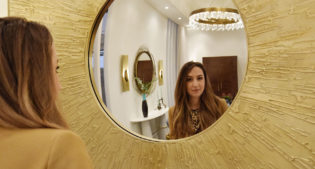Vittorio Bifulco Troubetzkoy is a young designer who I met last September, at the event “Daunoacento” at the Homi Milan. Immediately I was struck by the elegance of his geometric creations.
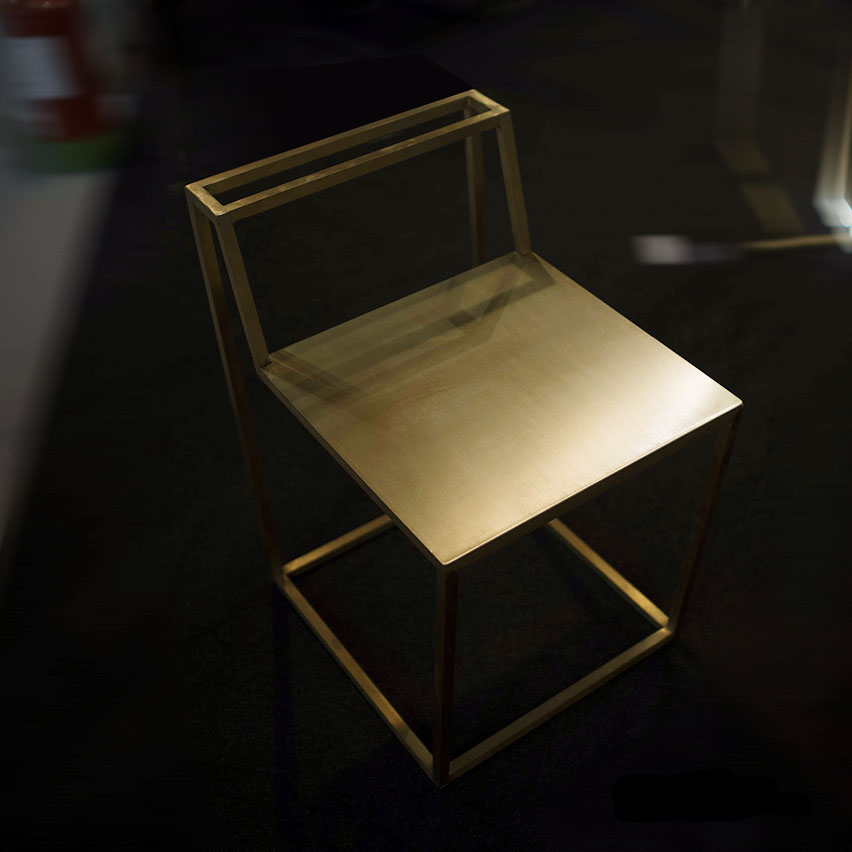
I wanted to know more, so I interviewed him to understand his creative world and to introduce you to his interesting vision of design, his projects and aspirations. I don’t want to get ahead of myself though, so here’s what we talked about:

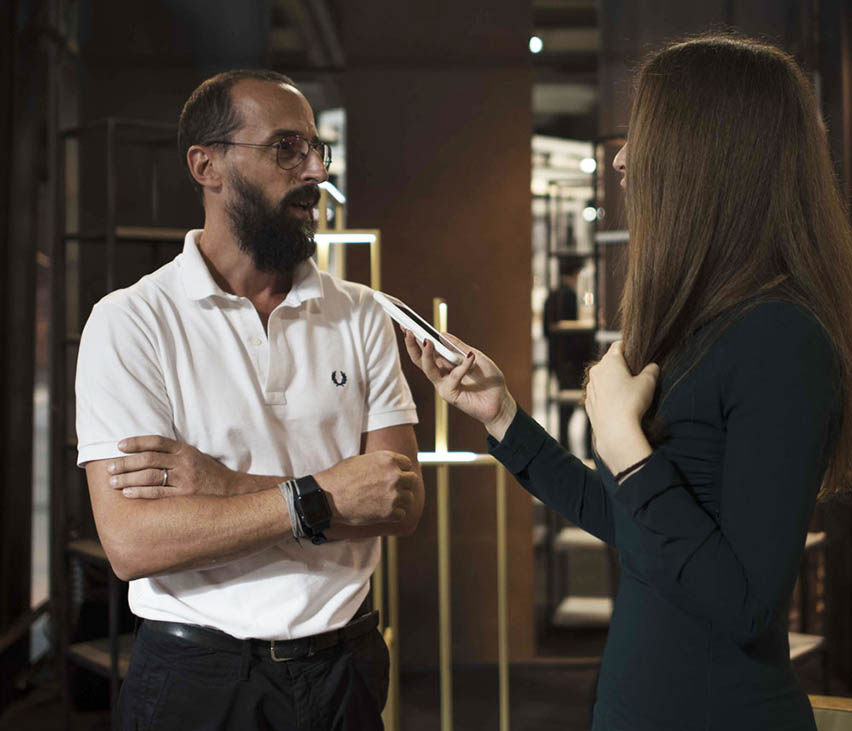
Hello Vittorio! So tell us: Who is Vittorio Bifulco Troubetzkoy? What is your story and how did you happen to enter the world of design?
I am a lover of design. I am fascinated by the mental path that starts with an idea, that then is shaped and refined by the mind, and then you put pen to paper! I started in architecture, going on to visual communication, and then the world of design. Here ideas become reality – they are molded and then become realities placed around us. My professional research is focused on the form-individual relationship.
I know that for you the relationship between form-individual is very important, as is the balance between full and empty. What is your artistic poetry, can you tell me?
As I said, I have studied for some time the relationship between form and individual. I like to use the minimum of hard, strong lines which highlight the structure, an exoskeleton that then becomes the product itself.
In my projects often I look for, as you say, a balance with void. Emptiness is very important, it is all around us, you can’t avoid it, its presence is everywhere and it is equal to that of fullness. Emptiness is equal to materials such as iron, wood or brass with the difference being that emptiness can’t choose what fills it. I really like to try to circumscribe, delimit, and incorporate things into simple lines. In doing so, this balence creates matter.
Emptiness is not absence but presence.
They often say I’m minimalist, of course, I try to use a few elements and no frills, but I use a lot of space therefore paradoxically my products are very “full”. You speak to me of poetry, but mostly I look for an elegant rationality, I “play” with the materials to give different meanings to simple structures.
Fascinating! Speaking of which, can you tell us about “Frame 15”, the line you presented at the last Homi exhibition? I saw it myself and as soon as I saw it I was immediately struck by the “Lightframe” lamp. Can you tell us where the inspiration came from? How was it born?
As often happens in my work, the “Frame15” line was born by accident. I was doing pencil sketches of a ceiling sculpture for a private client and wanted a simple element, easily duplicable, that would allow me a free composition. The 15mm square tube was perfect. When the work was done and the customer was satisfied, I thought I’d try to make a line entirely with this material and so, step by step, I created “Frame15”. The first piece was the “Lightframe” lamp, I wanted to create a simple sculpture with extra functionality. So, after several attempts, supported by the lighting company Virdemlux of Sant’Ilario d’Enza, we were able to insert the lights into the sections, which gave us the double function sculpture / lamp. The intertwining games I played with the structure were recreated in the balance of light and shadow. From there the line was developed with seating, tables, wall lamps, bookcases, benches, and so on.
Is there a piece in this collection that most represents you or at least is there one that you’re most fond of?
Undoubtedly “Lightframe”. It’s the founder. It was a challenge and I think it represents the correct summary of my professional research.
Personally I think that in every project, in every product that we create, there’s a part of us. In your products, not only in this collection, what piece of you do we?
A summary, give and to say what’s true, what you need, and without too many extras.
Tell us about Diecidecimi, a project in collaboration with Gumdesign.
Diecidecimi is the brand for my products. I was very fortunate to meet people like David Simon (Diecidecimi) who jumped in immediately to new challenges with desire and professionalism. Thanks to him, my ideas take shape (it’s always nice for me). Gumdesign immediately believed in the potential of Diecidecimi and now is a fundamental partner.
Daunoacento, the exhibition project by Gumdesign, of which you are part, wants to bring attention to craftsmanship and Made in Italy. What do you think is the next step we should take to innovate and promote Made in Italy?
As usual Gumdesign is very forward thinking! Italy needs projects like Daunoacento that help others to understand who we are and how many we are! The project has started: the group makes a difference, now it is just a matter of moving forward.
How do the public and external people react to your products? What do they think, what do they say?
The external feedback is always exciting, I like to hear people’s opinions. Regarding “Frame15”, the feedback was very positive across various categories of people. This has really motivated me.
Is there any designer, artist, movement or culture that inspires you for your work?
I’m very fascinated by Japanese culture, their way of seeing, from the way they care for and synthesize art (sumi-e) in addition to the ability to see beauty where many would turn their head (kintsugi).
Indeed, your passion is also seen by your search for balance between fullness and emptiness, typical of Japanese culture.
Exactly.
Do you have a favorite designer product?
Not exactly a product as you may think, but for me nothing is like the profile of the Porsche 911. A line that, since 1963, has remained almost unchanged. The top for a designer.
What projects and aspirations do you have for the future?
Many projects, I’m always fascinated by materials and how they can change over time; I am now experimenting with new combinations for new lines.
Aspirations… useless and obvious perhaps, but I’ll tell you all the same, the real aspiration is to design what is not yet there…
(He has a vision in mind…we’ll have to wait and see …) ?
Here is the line “Frame15” presented at Homi-Milan
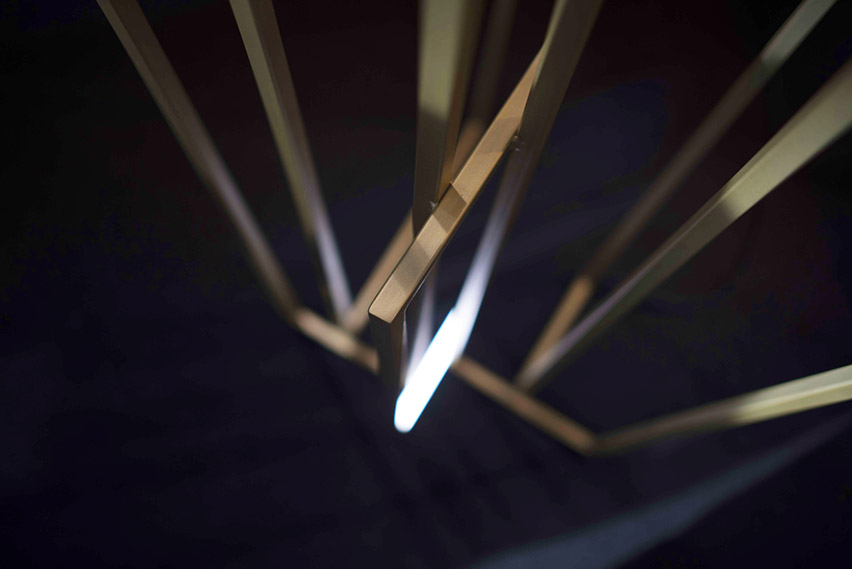
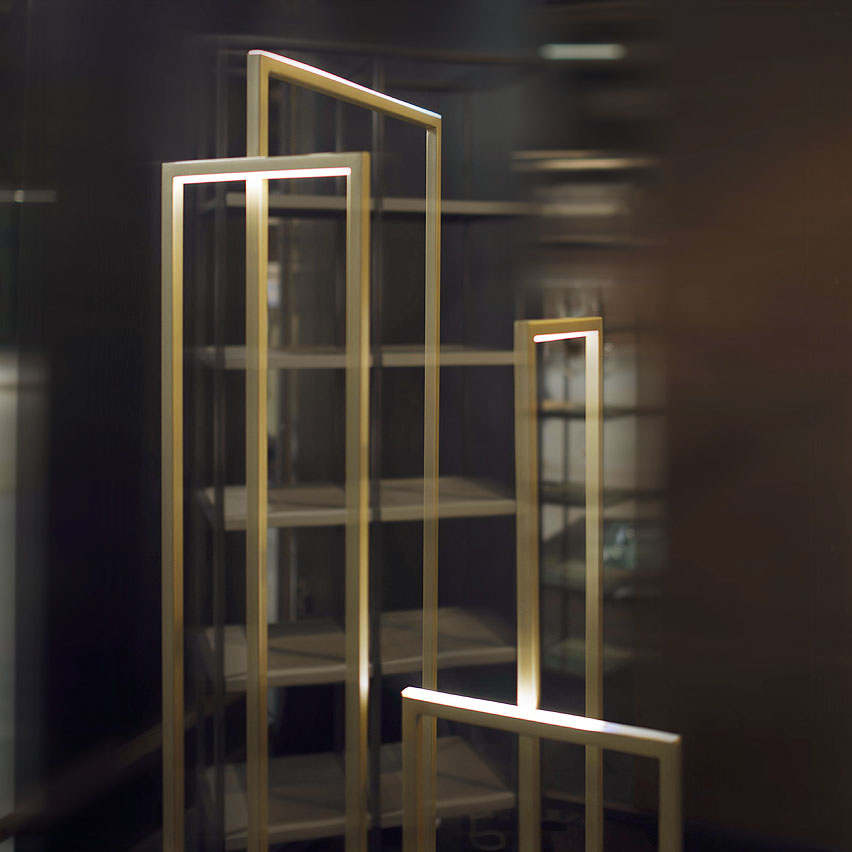
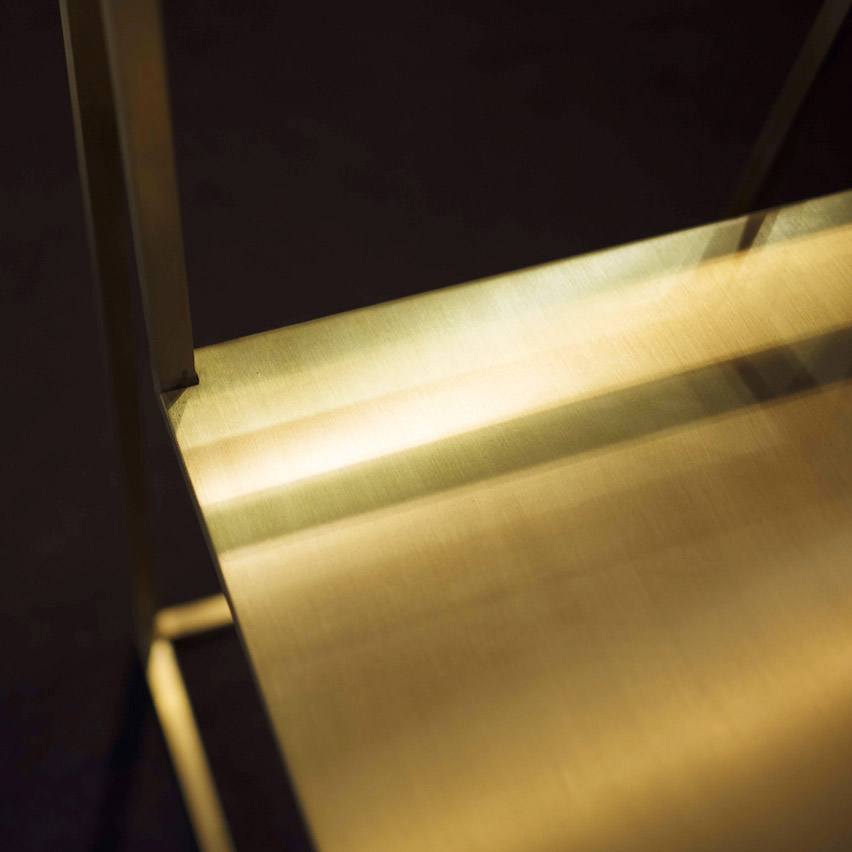
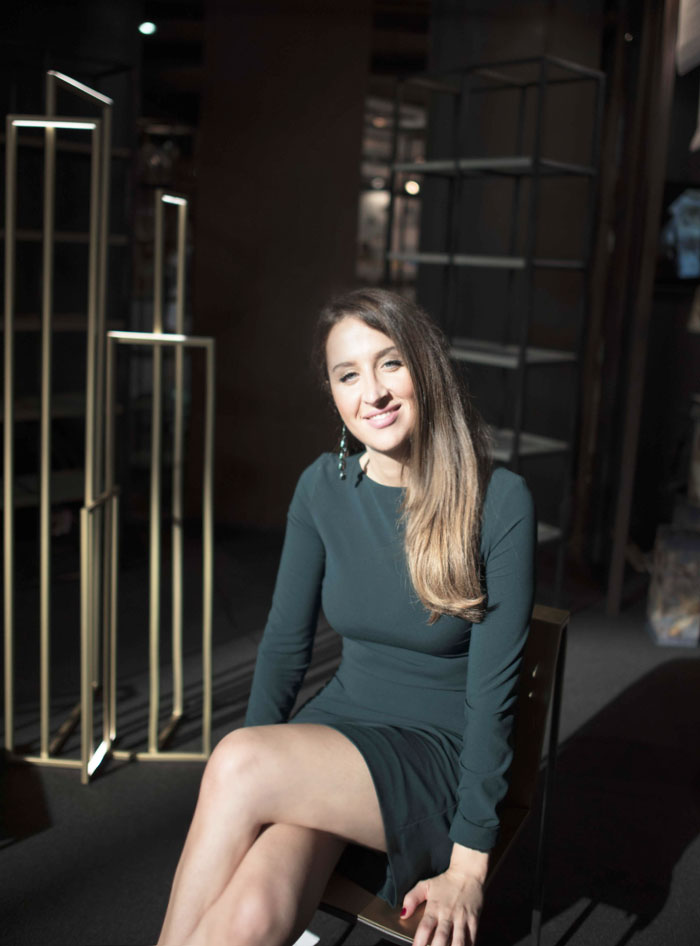
So, what do you think about Vittorio Bifulco Troubetzkoy? Have you also been impressed by the Frame15 line and the progenitor lightframe? Leave a comment, or write me at [email protected]!
LINKS
Vittorio Bifulco Troubetzkoy designer
Web site
Email
Facebook
Photos by: Barbara Leolini
Art Director: Giulia Grilli


